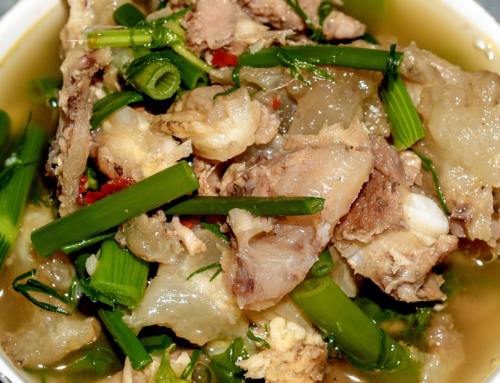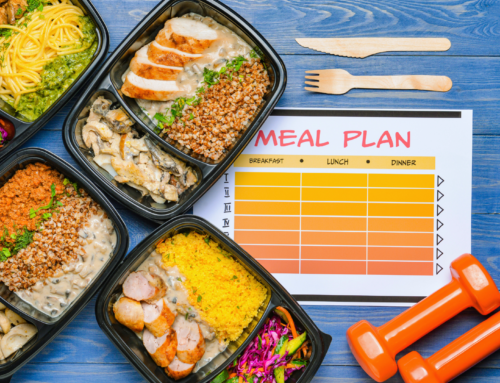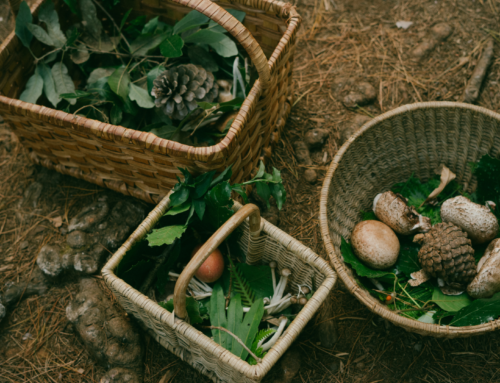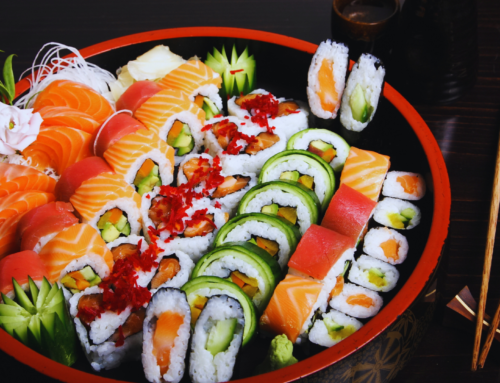When it comes to long-term food storage, there are a few key things to keep in mind. The first is that you want to make sure your food is as resistant to spoilage as possible. The second is that you need to store your food in a place where it will be safe from pests and other animals. And the third is that you need to consider the climate where you live and make sure your storage area can withstand hot temperatures if necessary.
It’s important to remember that hot environments create a breeding ground for mold, a formidable foe that can jeopardize the quality and safety of stored provisions. Mold thrives in warm, humid conditions, infiltrating stored food items and rendering them unsuitable for consumption. This issue becomes particularly pronounced in regions with soaring temperatures, where maintaining an optimal storage environment poses a continuous struggle. To combat the pervasive threat of mold, individuals must be proactive in implementing effective storage solutions and climate control measures. If you find yourself grappling with mold-related issues, consider seeking professional assistance for mold remediation in Warren, NJ (or wherever you live) to ensure the longevity and safety of your stored provisions.
That said, one of the best ways to ensure long-term food storage is through canning. Canning your food helps to preserve it and keep it fresh for long periods. However, there are a few things that you need to take into consideration before you start canning when Storing food in hot and humid climates.
The Right Supplies
As a prepper, the first thing you need to do is make sure you have the right supplies. You will need canning jars, canning lids, and a pressure cooker. The pressure cooker will be necessary because it helps to prevent your food from spoiling.
Prepping is all about being prepared and it starts by thinking ahead with how you can take care of the kinds of foods that will keep for longer.
The Right Foods
The second thing you need to do is choose the right foods to store. Some foods are better suited for long-term storage than others. For example, fruits and vegetables that are high in acidity can be canned without a pressure cooker. However, low-acid foods like meat or poultry will need to be pressure-canned to prevent spoilage.
It is worth researching and making a list of the kinds of foods that will be suitable for long-term storage. Then decide which of them you and your family like to eat. You never know when you might rely on these stocks. Householders do get trapped in their homes by floods or are snowed in and so rely on what is then in their cupboard. You can plan for all eventualities when you are into prepping. The climate is very unpredictable at the moment and it is best to be prepared by having the right foods in stock and knowing how to keep them edible and safe to eat for as long as possible.
The Right Place
Long-term food storage is a critical aspect of household management, particularly for ensuring food safety and minimizing waste. To effectively store food at home for extended periods, it’s essential to have the right storage solutions in place.
Air-tight containers play a vital role in preserving the quality and freshness of food items by creating a sealed environment that protects against exposure to air, moisture, and pests. Additionally, storing food in well-kept cabinets is essential for maintaining its integrity. If you don’t have cabinets installed yet, you can easily find ready-made options online and hire a handyman in Naples (or elsewhere) to install them on your kitchen walls or assemble them in your kitchen space. It’s important that these cabinets are clean, dry, and organized to minimize the risk of contamination. Proper storage also protects against light, heat, and humidity, which can speed up spoilage. When the summer comes, the humidity levels can go even higher, this can be frustrating if your fridge is packed, so any items that need to be left in cupboards or on the counter should be properly cooled with the use of air conditioning during the high heat times of the day. Keeping your home at an even temperature will stave off any heat-related issues. Make sure to speak with a River Valley AR AC repair service if your unit is not working efficiently.
When choosing cabinets for your food storage, consider a few key types that can enhance functionality in your kitchen. Base cabinets can provide sturdy support and ample space for larger items like pots and appliances; look for options with deep drawers or adjustable shelving for better organization. Wall cabinets can maximize vertical space and can be perfect for storing dishes and spices; clear glass doors can add a stylish touch while allowing you to quickly see what you have. If you need extra space, pantry cabinets are invaluable; these taller cabinets can accommodate bulk items and often come with built-in shelves or pull-out drawers to keep everything accessible.
And, if you have tricky corners or deep shelves, consider pull-out cabinets, which feature sliding shelves to make reaching items in the back much easier. By the way, if you have an eye for just aesthetics, you can also opt for cabinets matching stainless steel appliances in your kitchen.
Anyway, proper temperature control is also crucial, with cabinets ideally located away from direct sunlight and heat sources to ensure consistent conditions. Organizing stored food items and implementing a rotation system helps maximize space and reduce waste. Investing in sturdy shelves and pest prevention measures further ensures the stability and safety of long-term food storage. By prioritizing these factors and utilizing air-tight containers and well-maintained cabinets, households can effectively preserve the quality and safety of their food supply over time.
The Climate
The fourth thing you need to do is take into consideration the climate where you live. If you live in a hot climate, it is important to make sure your storage area is well-ventilated. This will help to keep the temperature of your food down and prevent spoilage.
There are a few essentials to think about when it comes to long-term food storage in hot climates. For example, you will need to make sure you have a good supply of water to keep your food hydrated. And you will also need to rotate your food stock regularly to ensure that you are always eating fresh food.
Hot climates are problematic when it comes to food storage but not an insurmountable problem when we know the tips and tricks. It does limit our choice when some foods are just not suitable to be kept for long. We have to constantly shop for these while we can. It is necessary to be prepared that there might be times when we need to avoid certain foods because they will not last, even when they are our favorites.
While long-term food storage in hot climates can be a bit more challenging, it is possible with a little bit of planning. By following the above suggestions, you can ensure that your food will stay fresh and delicious for months or even years to come.





Leave A Comment